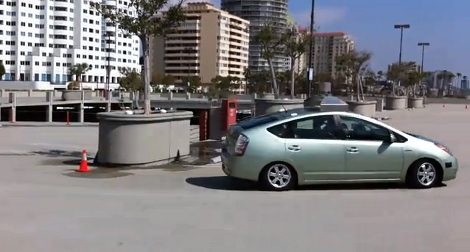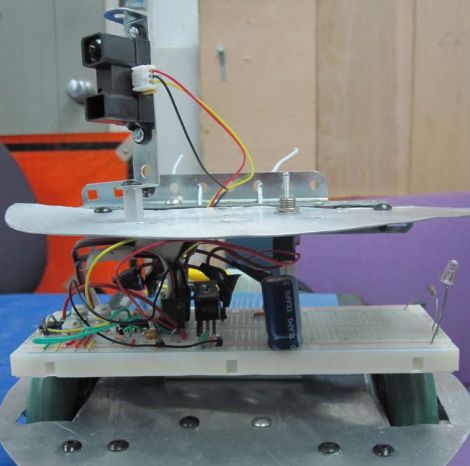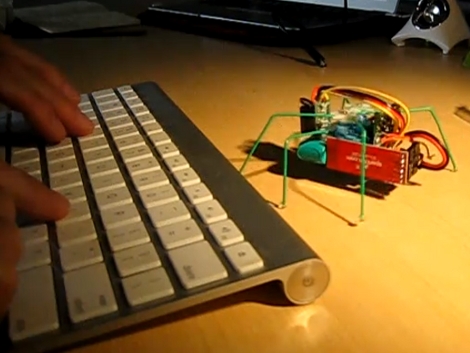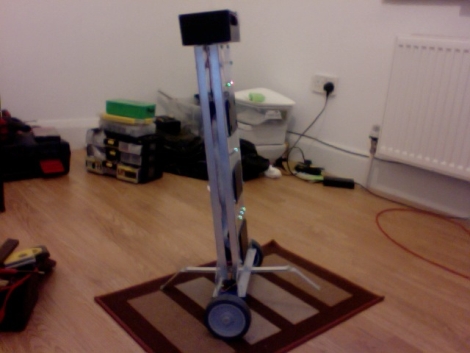Google’s showing off this autonomous car at the TED convention right now, but the hardware has already made automated trips from San Fransisco to Los Angeles. According to the commentary in the video after the break, the scene above shows the car “hauling Prius ass” on a closed course. The car learned this route while being driven by a person and now the vehicle is set to take riders through an aggressively driven loop in the cone-adorned parking ramp. But on the open road you do not need to teach it anything. It has no problem taking a GPS route and following the rules of the road while traveling from one waypoint to another.
The link above doesn’t include hardware information but they did point to a Times article which includes an infographic. The spinning box on the top of the car is 3D-mapping LIDAR with a 200 foot radius. There’s a rotary encoder on one of the wheels for precise movement data, radar sensors on the front and back bumpers, and a rear-view-mirror-mounted camera for image processing. It makes us wonder how the system performs when the car is coated in road-muck? Maybe you just add a dedicated wiper for each sensor.
Continue reading “Autonomous Cars Already Drive The Roads Among Us”

















